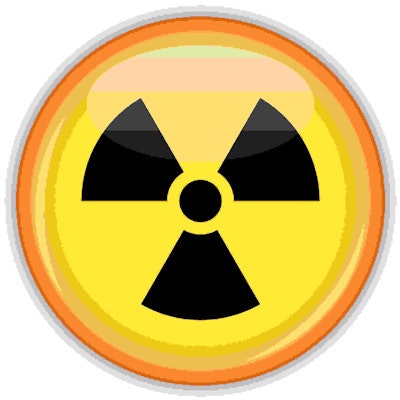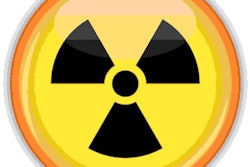
Dose awareness surrounding CT use is not a new topic for European radiology, especially given the prominent EuroSafe Imaging campaign launched back at ECR 2014. The enforcement of the long-awaited European Atomic Energy Community (Euratom) Council directive (21013/59) in February 2018, promoting the use of clinical decision support tools, including clinical audit and diagnostic reference levels (DRLs), has further heightened focus on this important issue. Health providers and vendors were aware of this growth relatively early, in part due to the U.S. taking much earlier action on CT dose in 2010, yet progress to address patient dose safety in Europe has been gradual.
Positively and in part due to the early adoption of dose safety in the U.S., the current generation of CT systems shown on the exhibit floor at ECR 2019 have a wealth of features focused on dose optimization. Technological development in CT recently has been targeted at optimizing image quality as the lowest dose possible, a far cry from the "slice wars" in the early days of CT adoption.
The use of iterative reconstruction in CT has rapidly progressed, with variances of model-based iterative reconstruction (MBIR) increasingly common in new high-end scanners today. When compared to basic CT systems of 15 years ago, MBIR technology can reduce patient dose by as much as 80% to 90% for the same type of CT scan. Moreover, using these techniques can also provide subjective and objective improvement in measures of image quality. This trend will also continue as "edge computing" gains traction in medical imaging; future generations of CT scanners will be even more powerful, creating further opportunity for dose reduction.
It is not just CT hardware that has changed, however. CT is no longer sold as a system but as a solution, with a raft of software tools to maximize efficiency of use and to support dose optimization. Going back less than a decade, most systems had limited support for capturing and reporting patient dose, requiring manual extraction and reporting. Consequently, dose monitoring and reporting were often overlooked. Today, new CT solutions from vendors include features for integrated dose reporting of diagnostic reference levels, along with audit, decision support, and structured reporting support.
of CT installed base
 Source: COCIR Age Profile Database -- 2016 publication. Chart courtesy of the European Society of Radiology.
Source: COCIR Age Profile Database -- 2016 publication. Chart courtesy of the European Society of Radiology.However, as illustrated in the figure above, many users are not benefiting from this functionality due to the lengthening life cycle and replacement cycle of CT equipment in Europe. This could point to a likely uptick in demand for newer CT systems in the short term, as providers look to make improvements in their management of patient dose to meet the new regulations.
That said, a shiny new CT solution won't solve all problems associated with patient dose, as outlined by a recent BMJ research paper ("International variation in radiation dose for computed tomography examinations: Prospective cohort study," BMJ, 2 January 2019). Above all, the findings indicate that how CT is used is the most important factor in patient dose safety, with variances in protocol selection and standardization of use highlighted as the biggest areas for concern. Embedding smart software and alerts within CT software is certainly progress, but user education and training also have a major role to play. For providers, this should form a prominent part of patient dose and safety strategy. Moreover, as healthcare providers move to longer-term managed service deals with vendors, they will be looking to their CT vendor partners for support in dealing with patient dose safety. For vendors, this will keep dose optimization a high-priority focus, or they will risk potentially losing large, long-term CT equipment supply contracts.
 Stephen Holloway.
Stephen Holloway.Combined, these efforts from both providers and vendors should drive renewed focus on patient dose and will likely spur a replacement of aging CT systems across Europe. For patients, that can be no bad thing.
Steve Holloway is a principal analyst at Signify Research, a U.K.-based independent supplier of market intelligence and consultancy to the global healthcare technology industry.
Originally published in ECR Today on 2 March 2019.
Copyright © 2019 European Society of Radiology



















